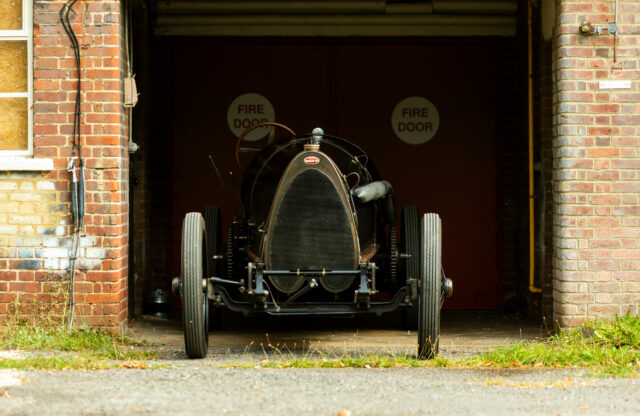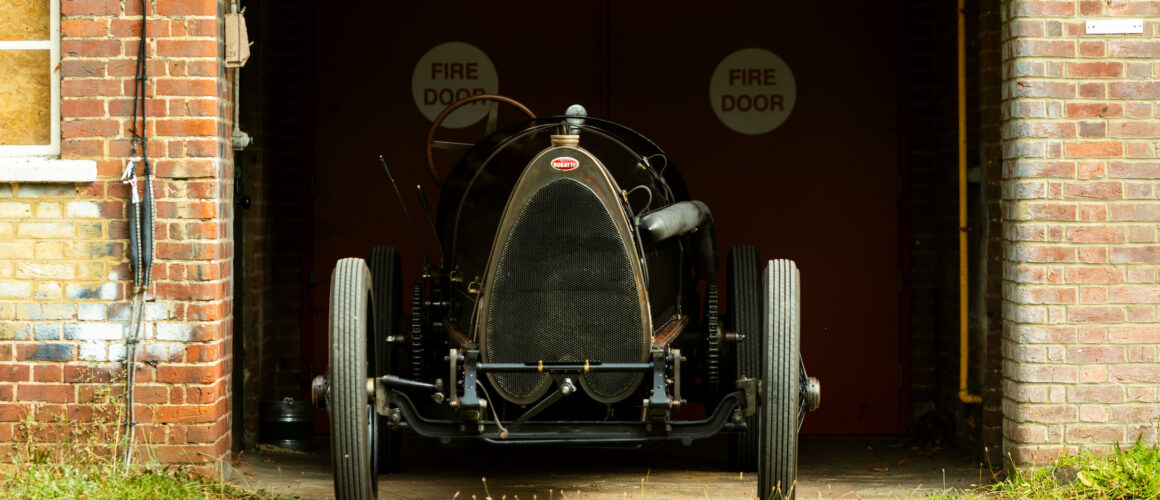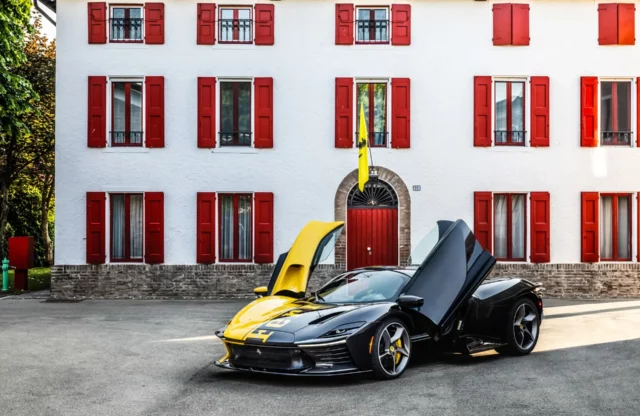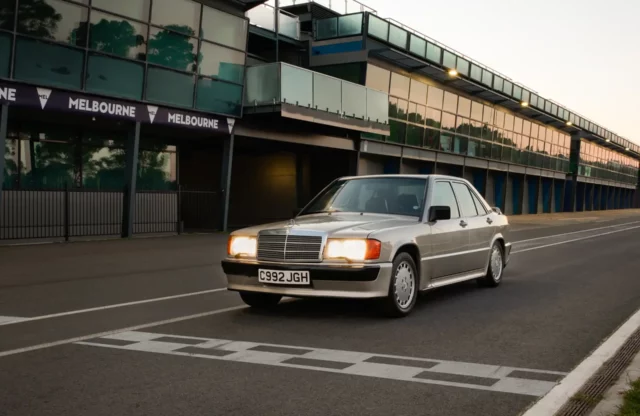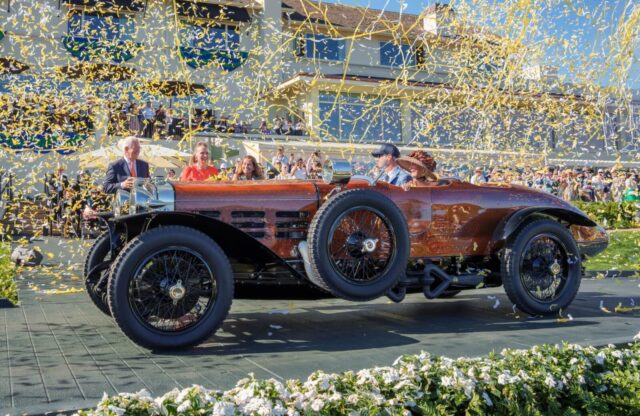The 1924 Bugatti-Diatto AVIO 8C starred in the very first issue of Magneto magazine – and it’s now up for sale in Bonham’s upcoming auction at The Quail, A Motorsports Gathering on August 15, 2025. Below is the feature from issue 1, which tells the story of this mysterious one-of-a-kind machine that was discovered in a Turin museum in the early 1960s.
This is one hell of a tale. Controversial at times, it brings in threads involving World War One fighter pilot Roland Garros, surprising links to Maserati, and the likely origins of not just Bugatti’s Grand Prix engines, but also the legendary Bugatti Royale.
Most exciting of all, it introduces a remarkable aero-engined Bugatti that’s never been seen before. To whet your appetite, it has a 14.5-litre engine and develops 250bhp at 2160rpm – Bugatti’s equivalent of the legendary ‘Beast of Turin’ Fiat.
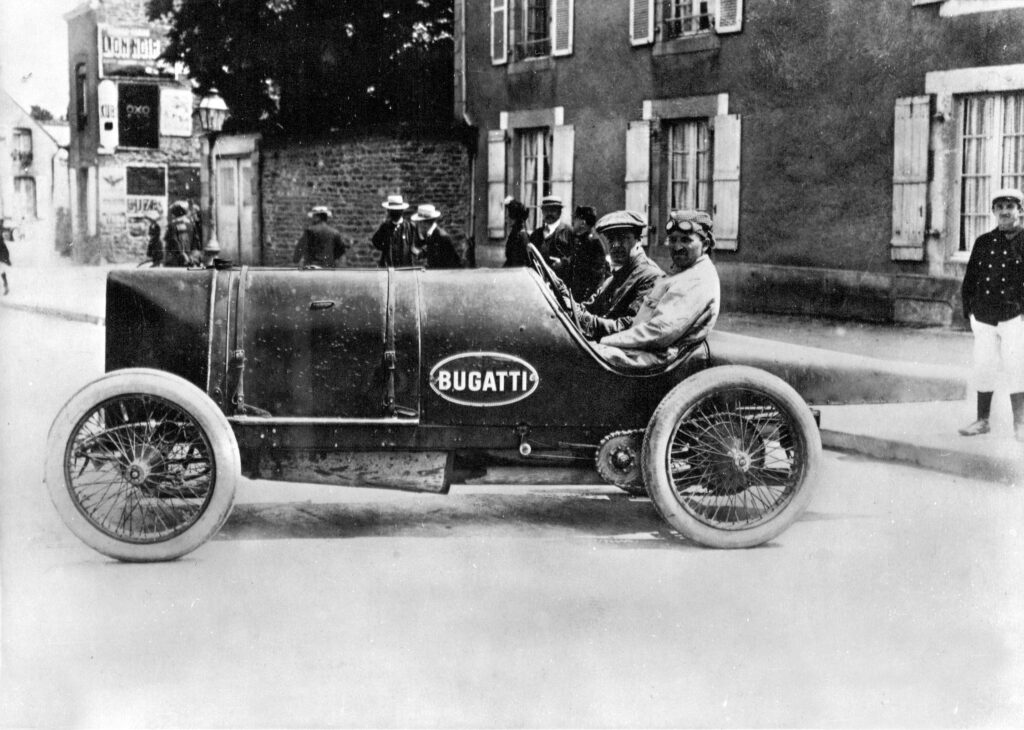
Crucially, a large proportion of it is original, rescued from decades in hiding by a legendary Bugatti expert before moving on to its current owner. It’s been painstakingly researched, restored and part-recreated in secret by craftsmen in Denmark and the Czech Republic. To all but a select few, its existence remained unknown until its big reveal at the Rétromobile show in Paris on February 6, 2019.
So, how did we get to this point? Let’s start with the engine, because actually it’s more important than the car itself in many ways. The story begins with French pilot Roland Garros, who in 1913 made the first-ever non-stop flight across the Mediterranean, flying a fast Morane-Saulnier monoplane.
Garros had met Ettore Bugatti through his ownership of a 1913 Bugatti Type 18, chassis 474. Powered by a 5.0-litre, four-cylinder engine driving the rear wheels via two hefty chains, it was christened ‘Black Bess’ by a subsequent owner, but is often referred to as the Garros Bugatti. Ettore had a similar car, chassis 471.
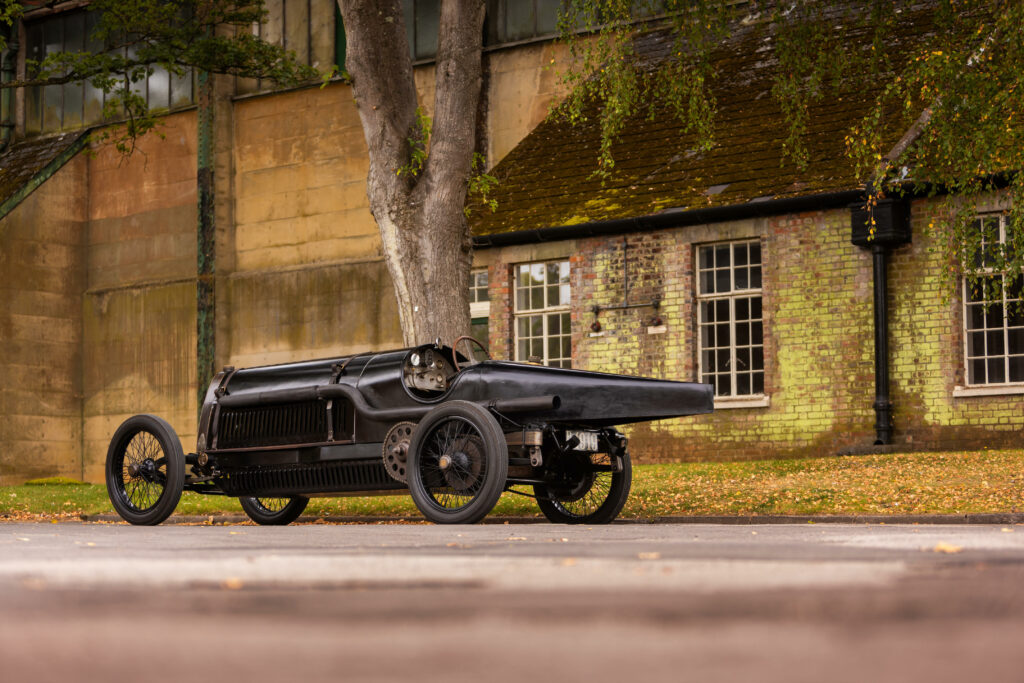
Buoyed by the success of the Mediterranean flight, Garros boldly told his friend Ettore that he planned to attempt flying across the Atlantic. Bugatti’s reply was: “Why not!”, and they began tackling the challenges together; Garros the aeroplane, and Bugatti the engine. The idea was thwarted by the onset of World War One – and Garros was later shot down and killed just a month before the end of the war, October 5, 1918, one day before his 30th birthday.
But back to that aero engine… In 1915, Ettore Bugatti was introduced to Lieutenant Arnand de Gramont, Duc de Guiche, who had just been attached to the governmental STAé (Section Technique de l’Aeronautique). Le Duc (the Duke) also had a laboratory in Paris, which during the war was home to a galaxy of researchers, all with a focus on aviation. Bugatti was invited to set up a workshop there and, with the assistance of Garros, he started on the design of an eight-cylinder engine. It was based on two enlarged 5.0-litre ‘Garros Bugatti’-style Type 18 car engines joined inline, ostensibly for aeronautical use but little different in design from a Bugatti automotive engine.
This marks the first experiment with an overhead-camshaft, eight-cylinder, inline Bugatti engine. It was designed with a 120mm bore and 160mm stroke, equating to 14.5 litres, and developing 250bhp at 2160rpm. Each pair of four-cylinder blocks was made in steel with built-in water jackets – clearly the forerunner of Bugatti’s very successful straight-eight engines, and a design that the marque would use widely, from the victorious Grand Prix cars to the later 12.8-litre super-luxurious Royale.
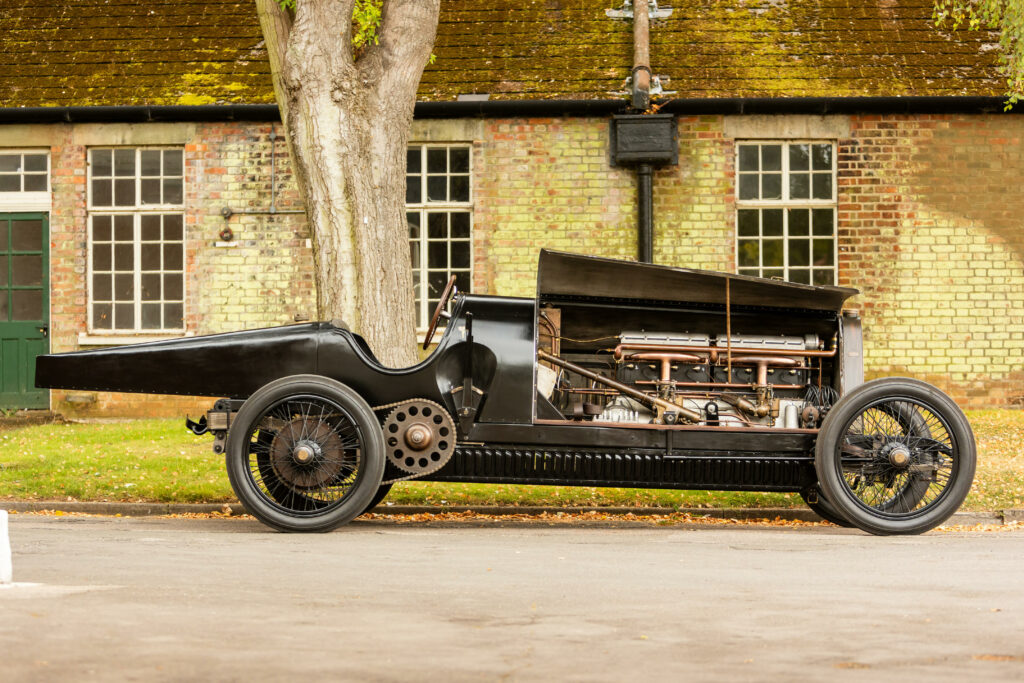
Its design was further developed by Italian car maker Diatto. How so? Well, although not widely documented, Ettore Bugatti and Pietro Diatto, the founder of Diatto Automobiles, had maintained a working relationship for many years, and in doing so co-developed a number of engines and cars.
Diatto built Brescia Bugattis under licence, and Bugatti used Diatto’s facilities to develop and test his new ideas until around 1925 – including the hollow front axle in 1921 and the vane-type supercharger on Diatto-Bugatti cars in 1922. A number of Diatto racing machines were also developed using Bugatti engines and Diatto chassis, and vice versa, and in 1919 the alliance led to a Diatto winning the first Italian post-war race, the Parma-Poggio di Berceto. The winning car was a prototype that used a Bugatti chassis design and was referred to as “a Type 30 Bugatti in the name of Diatto”.
Bugatti expert Norbert Steinhauser confirms that: “Bugatti since 1900 had maintained close links with Mr Pietro Diatto.” Also, that Pietro Diatto: “Took an interest in Bugatti’s prototype Type 8 in 1907. Their relationship was uninterrupted.”
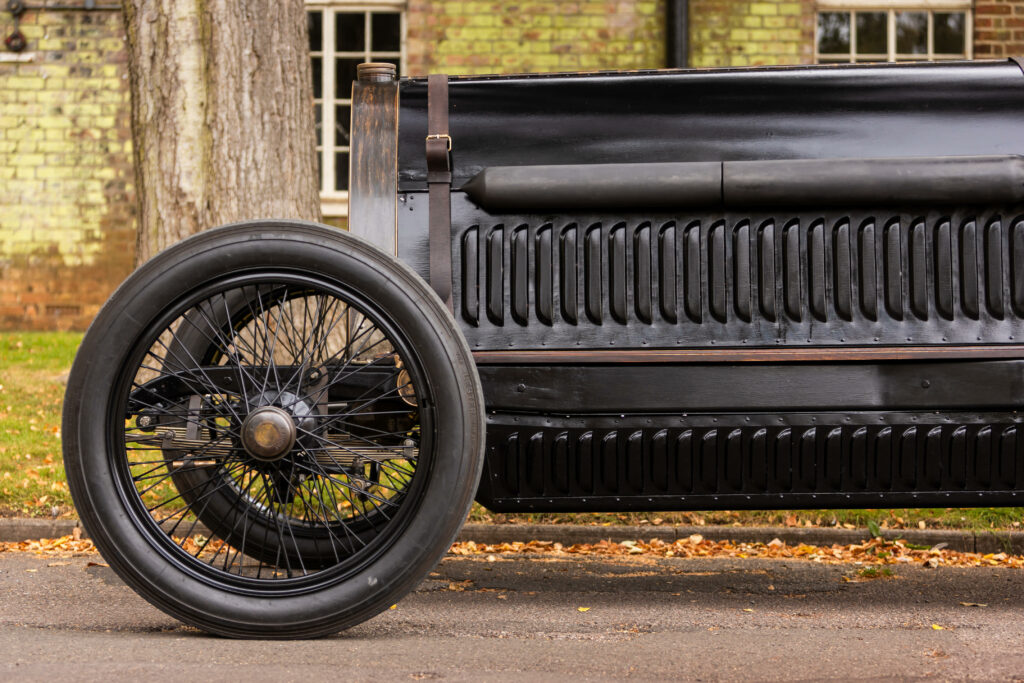
Anyway, in 1915 Pietro Diatto negotiated the licence for production of Bugatti’s eight-cylinder aero engine in Italy. His brother, head of engineering Vittorio Diatto, took charge of the development with help from Ettore Bugatti. They used the Turin-based Gnome et Rhône aircraft engine facility, in which Diatto had bought a controlling share, to develop the new engine, dubbed the AVIO 8C.
Later, Diatto wrote a telegram to Ettore Bugatti, to update him on progress on the AVIO 8C engine. It read: “To Ettore Bugatti, 86 Rue Chaptal, Levallois, France, 23 September, 1916. Happy to communicate to you: Excellent results of engine 50 hours completed just now without the least incident other than changing one plug. Test began at 205hp, first 10 hours completed at 209hp completed at 210hp very brilliantly STOP We have the best test so far completed of any other engine STOP Accept our congratulations Automobiles Diatto.”
Despite the success, no aircraft were ever equipped with the AVIO 8C engine. Racing driver Ernest Friderich is said to have shipped some AVIO 8C units to the US, but except for Bugatti’s own Paris workshop prototype no other examples have survived. However, there’s one further twist. In 1923, Diatto technical director Guiseppe Coda (a close friend of Ettore Bugatti) and engineer Alfieri Maserati started designing an inline eight-cylinder car engine together, for Diatto. It was based on the AVIO 8C.
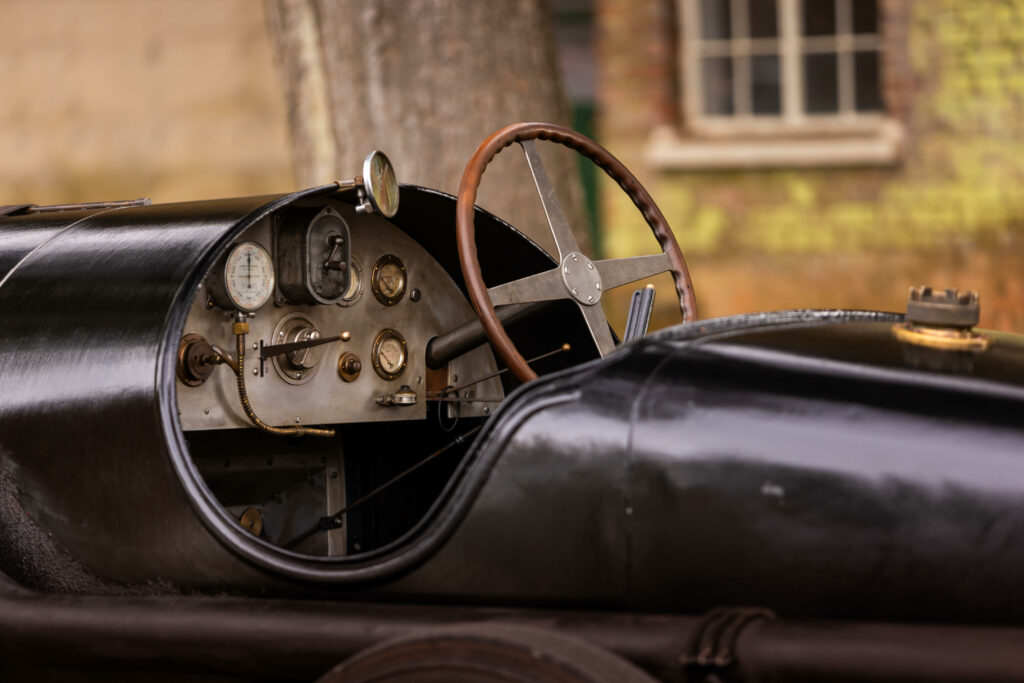
At the end of June 1925, Maserati delivered the second prototype of this engine to Diatto. But, in agreement with Coda, Maserati ended up keeping this prototype engine as compensation for his unpaid work.
Maserati installed the engine in a Diatto Type 20 sports chassis, with a front axle from his 1921 Diatto-Bugatti. This car in light blue livery was shown to Ettore Bugatti during a visit to Milan, as Maserati attempted to form a new collaboration.
This prototype was central to the launch of the new Maserati company in 1926. Enthusiasm for the first Tipo 26 Maserati was sky high, and the Maserati brothers took advantage of the Bugatti reference and the Bugatti AVIO 8C engine. Their subsequent racing success, like Bugatti’s, was based on the foundation of the AVIO 8C engine. Let’s fast forward now to the early 1960s, when Ettore Bugatti’s eight-cylinder prototype aero engine mounted in a large Diatto chassis, without bodywork, was discovered in a museum in Turin, Italy.
Period research suggested that the engine had been placed in the Diatto chassis in 1919. The project had never been finished, and nobody seemed to know how it found its way into the Italian museum.
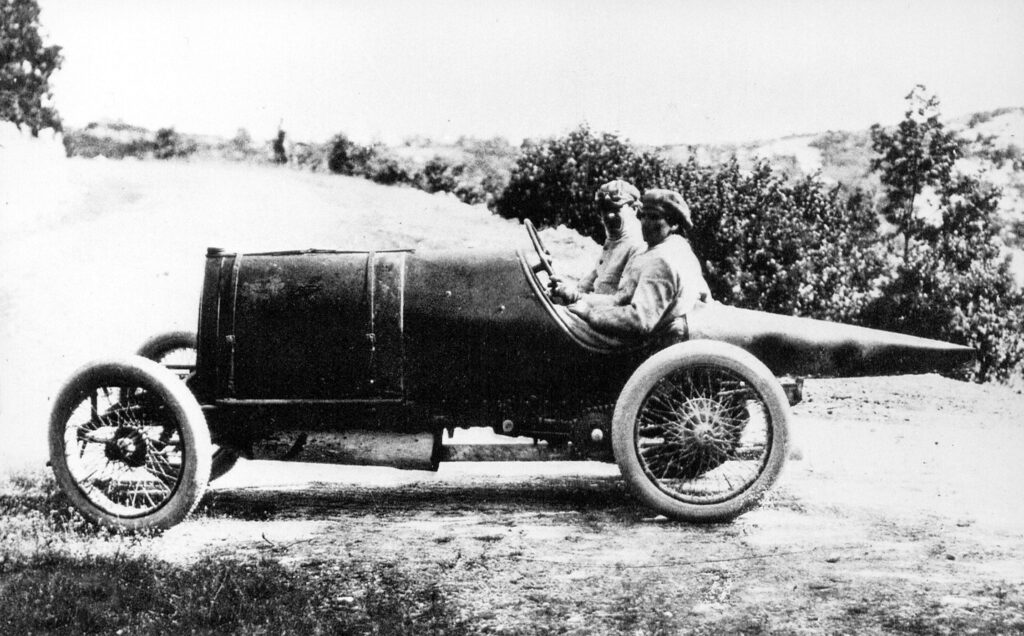
It then moved on to another museum. The respected Bugatti collector and historian Uwe Hucke took an interest, with the dream of creating the car that Ettore might have been planning. He managed to buy the engine and chassis from the museum’s owner, and carried out a large amount of work to create a full rolling chassis, complete with gearbox, axles and chain-drive transmission.
Sadly, though, in 2002 Hucke passed away, and the project laid dormant until it was taken on by current owner Claude Teisen-Simony.
At this point the engine wasn’t running, and there was still plenty to be done on the chassis alone. Claude sourced a large, strong clutch assembly from an Italian car of the same period, and a collection of original Bugatti parts that enabled a radiator to be built. But, of course, there was still the small matter of the missing bodywork to sort out. And that brings up the question as to what the chassis and engine were intended for. Was Ettore Bugatti himself involved, and what could his intentions have been? We know he was a master of PR, at times exaggerating his feats to catch the attention of the press.
After World War One, a PR effort had undoubtedly been required to kickstart Molsheim car production. An easy way to stir up attention for the prototype eight-cylinder masterpiece in peacetime could have been to enter an aero-engined car in popular events – or even land-speed record attempts.
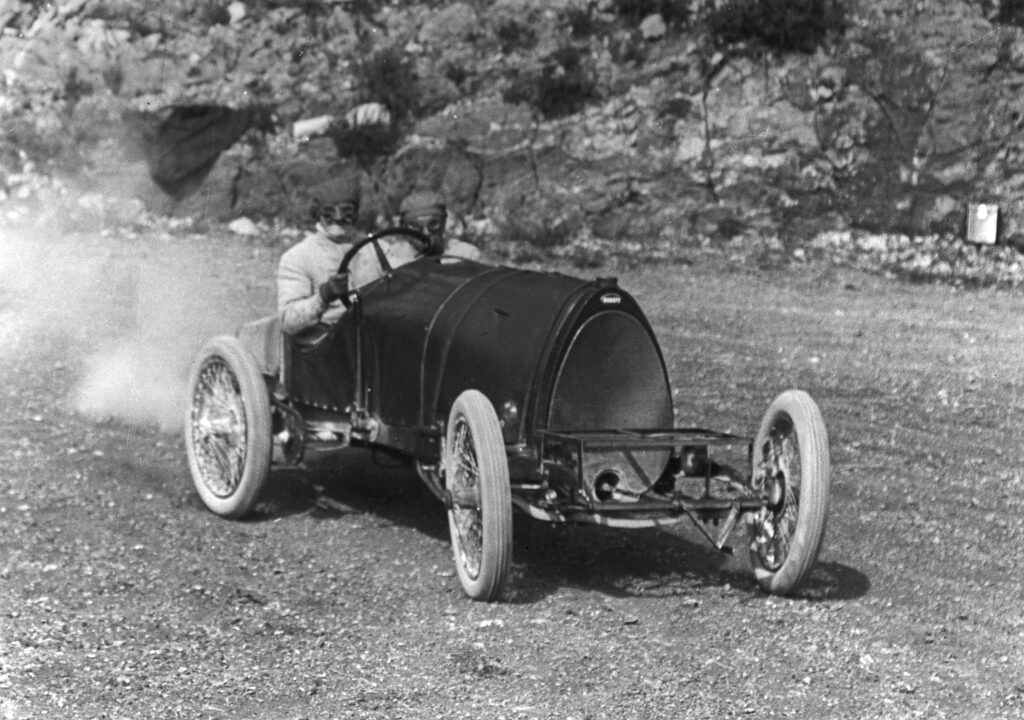
Or perhaps Ettore’s intention was to test the eight-cylinder engine in a car chassis… Indeed, as early as 1914, Bugatti wrote letters to close friends saying that he was ready to create a luxury vehicle that would surpass any known supercar. Ten years later he started work on the Royale, the 12.7-litre, eight-cylinder super- luxury saloon of which just seven were made.
The layout of the AVIO 8C engine was that of a typical Bugatti car engine, so Ettore probably never thought of it as a pure aero engine. There’ s a compelling argument to see it as a step toward the creation of the Royale. But whether Royale test bed or racer (or both), the chassis here was probably intended to have had a fairly basic body – and so the decision was made to roughly emulate the style of Ettore Bugatti’s Type 18. The bodywork was created by craftsmen in Denmark and the Czech Republic.
The Bugatti Trust chairman Hugh Conway summarises: “This car adds an important chapter to the Trust’s knowledge of the automotive history of Ettore Bugatti.”
